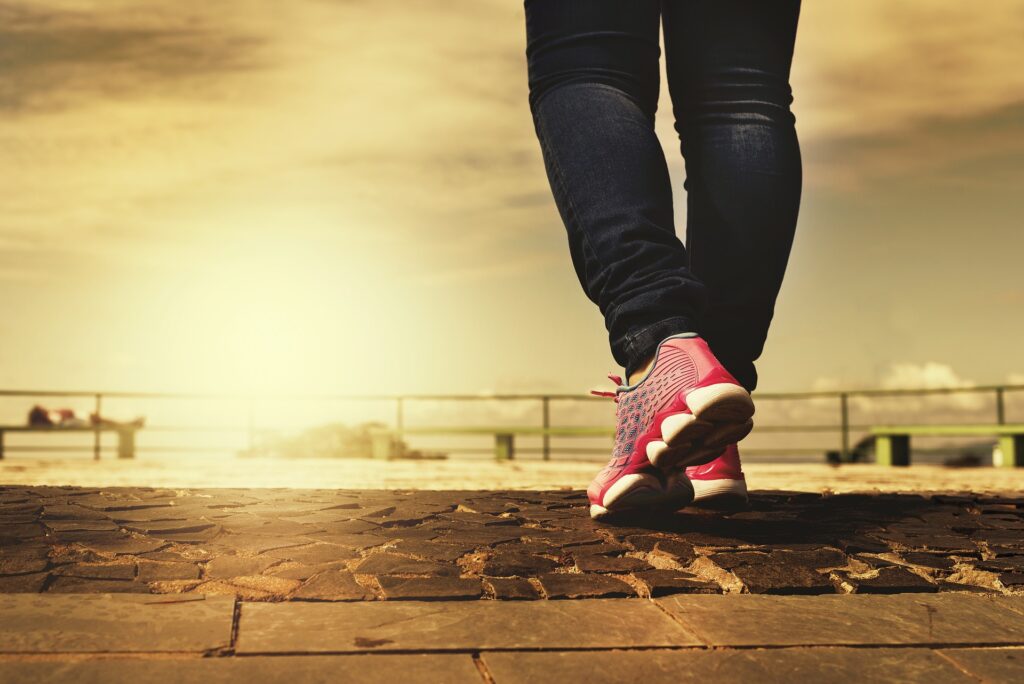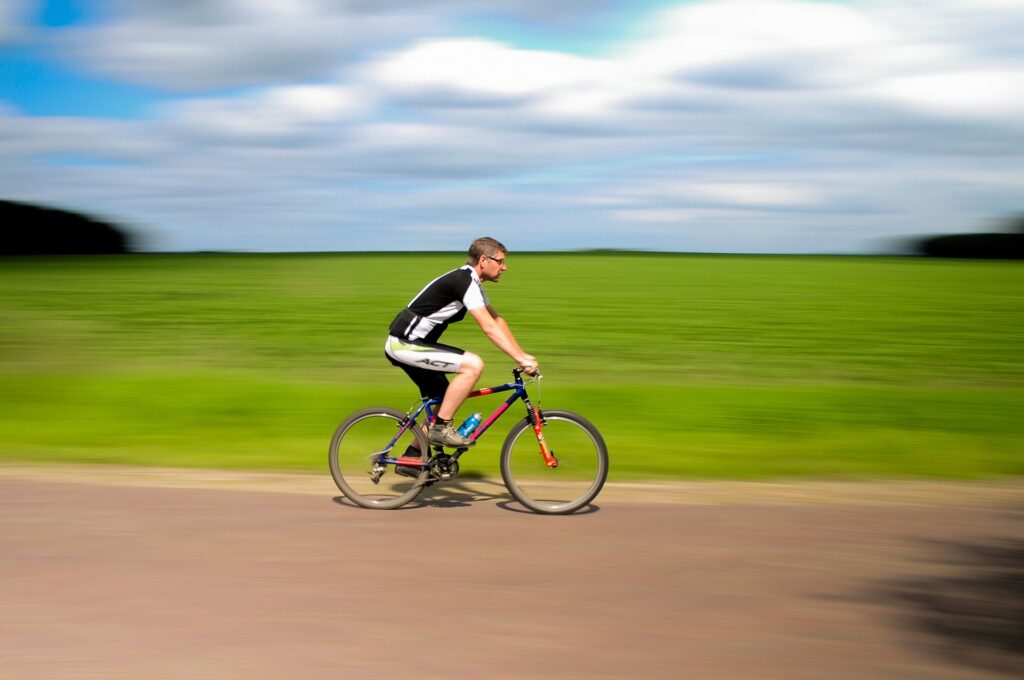You know that exercise can make you healthier. However, you may have issues that rule out running or playing basketball. Low impact movements are one way to protect your body while you work out.
Activities like walking can help you enjoy a higher quality of life if you’re living with chronic medical conditions. They also can give you options when you want a gentler workout from time to time. Learn more with this introduction to low impact exercise.
Benefits of Low Impact Exercise

High intensity workouts receive a lot of attention, but you can enjoy the advantages of being active without sprinting or jumping rope. Remember that low impact workouts can be highly effective.
- Protect your joints. One of the most common reasons for choosing low impact exercise is preventing damage to joints, bones, and connective tissue. Even if your knees are healthy, they might like a break from running on sidewalks.
- Lose weight. Excess pounds are another thing that stresses your bones. Rely on low impact workouts to burn calories while you slim down.
- Condition your heart. Multiple studies confirm that low impact exercise can reduce your risk of heart disease. Depending on your fitness level, you can take it easy, or work at elevating your heart rate.
- Have a safe pregnancy. Your doctor may recommend switching to low impact movements when you’re expecting. Current guidelines suggest at least two and a half hours of aerobic activity each week for healthy pregnant women.
- Speed up recovery. Prevent overtraining and injuries by taking days off to rest. You might do CrossFit four times a week, and walk or take Zumba classes in between.
Ideas For Low Impact Workouts
Any activity that allows you to keep one foot on the ground qualifies as low impact. While that often means gentler workouts, you have a wide range of options, and strategies for increasing the intensity.
Click Here For Access To Effective Exercise & Nutrition Programs
- Walk more. It’s convenient, simple, and free. Walking is also a great way to start moving if you’ve been sedentary for a while.
- Ride your bike. Cycle on a machine or outdoors. For an extra challenge, adjust the settings, or pick a route that sends you up hills.

- Row your boat. Moderate paddling burns about 400 calories while you’re sitting down. It tones your whole body too.
- Do yoga. Enjoy the mental and physical health benefits of practices that connect your body and mind. Yoga, Pilates, and Tai Chi enhance your balance, and increase strength and flexibility.
- Lift weights. Resistance training builds muscle and helps you burn more calories even when you’re at rest. Visit a gym or buy dumbbells you can use at home. Do body weight exercises like pushups during TV commercials.
- Swim laps. Exercising in water is low impact even when both feet leave the ground. That’s because the water supports your weight. For variety, try aqua aerobics.
- Squat and lunge. Some of the toughest lower body exercises are low impact. Experiment with different varieties of squats and lunges to keep your workouts interesting and productive.
- Climb stairs. Real steps or machines are another way to challenge your lower body. For beginners, buy step platforms that you can adjust, and use for a variety of exercises.
- Speed up. Your body adapts to any familiar activity, so you may have to try new things to continue seeing results. One of the easiest ways to increase intensity is to move faster. You might want to add arm movements too.
For research on the effects of low-impact, moderate-intensity exercise training, click here.
Most adults can enjoy a variety of safe exercises that will accommodate aging and other physical limitations. Talk with your doctor about your individual needs, and how low impact workouts may help.

